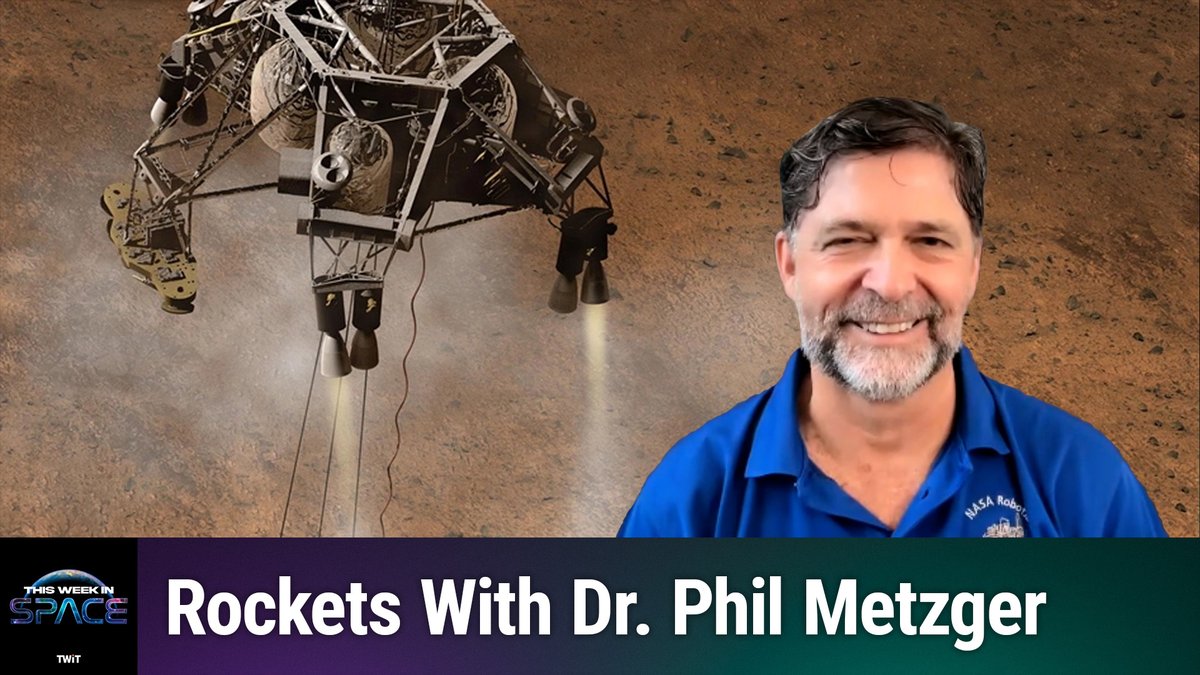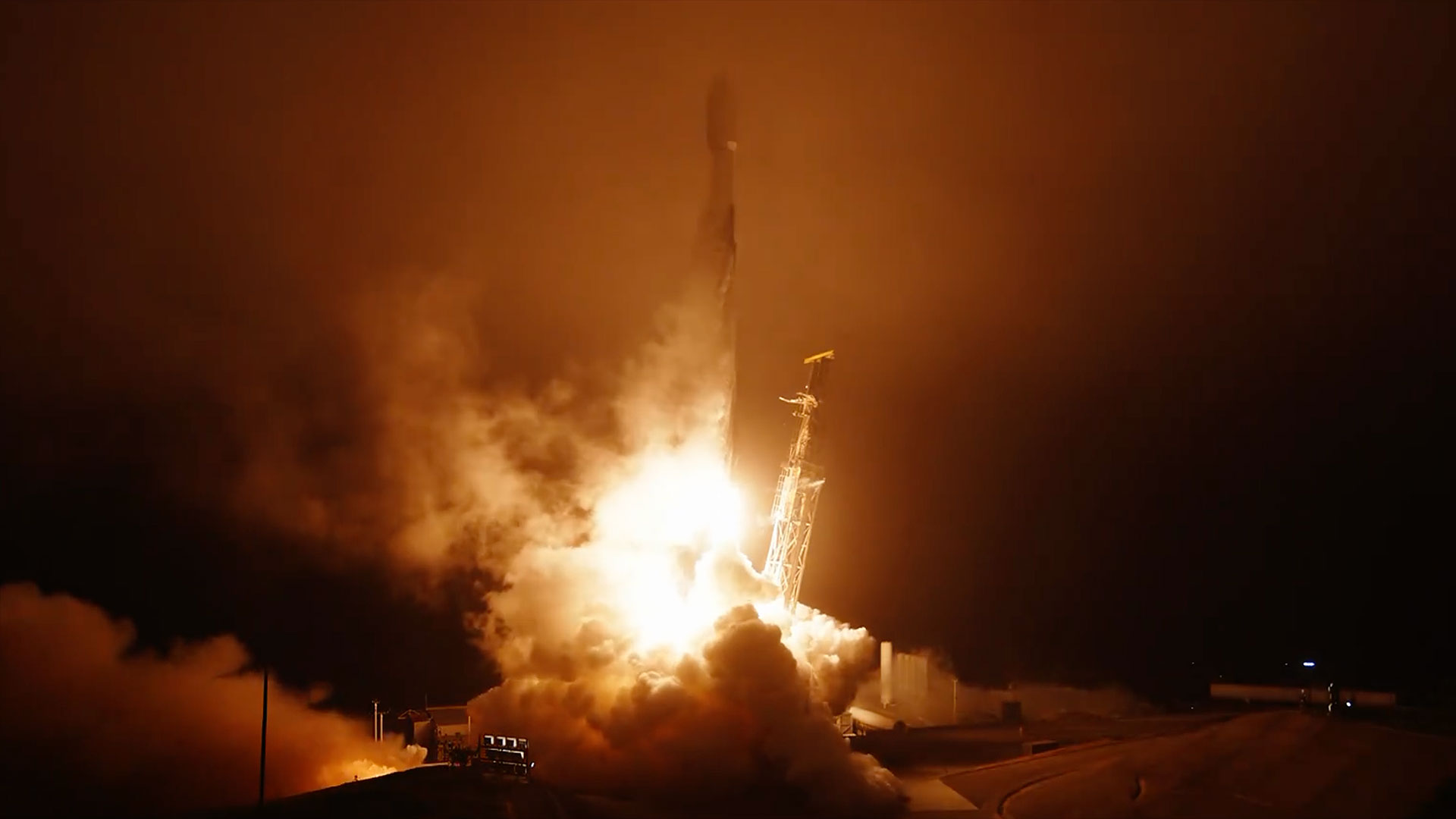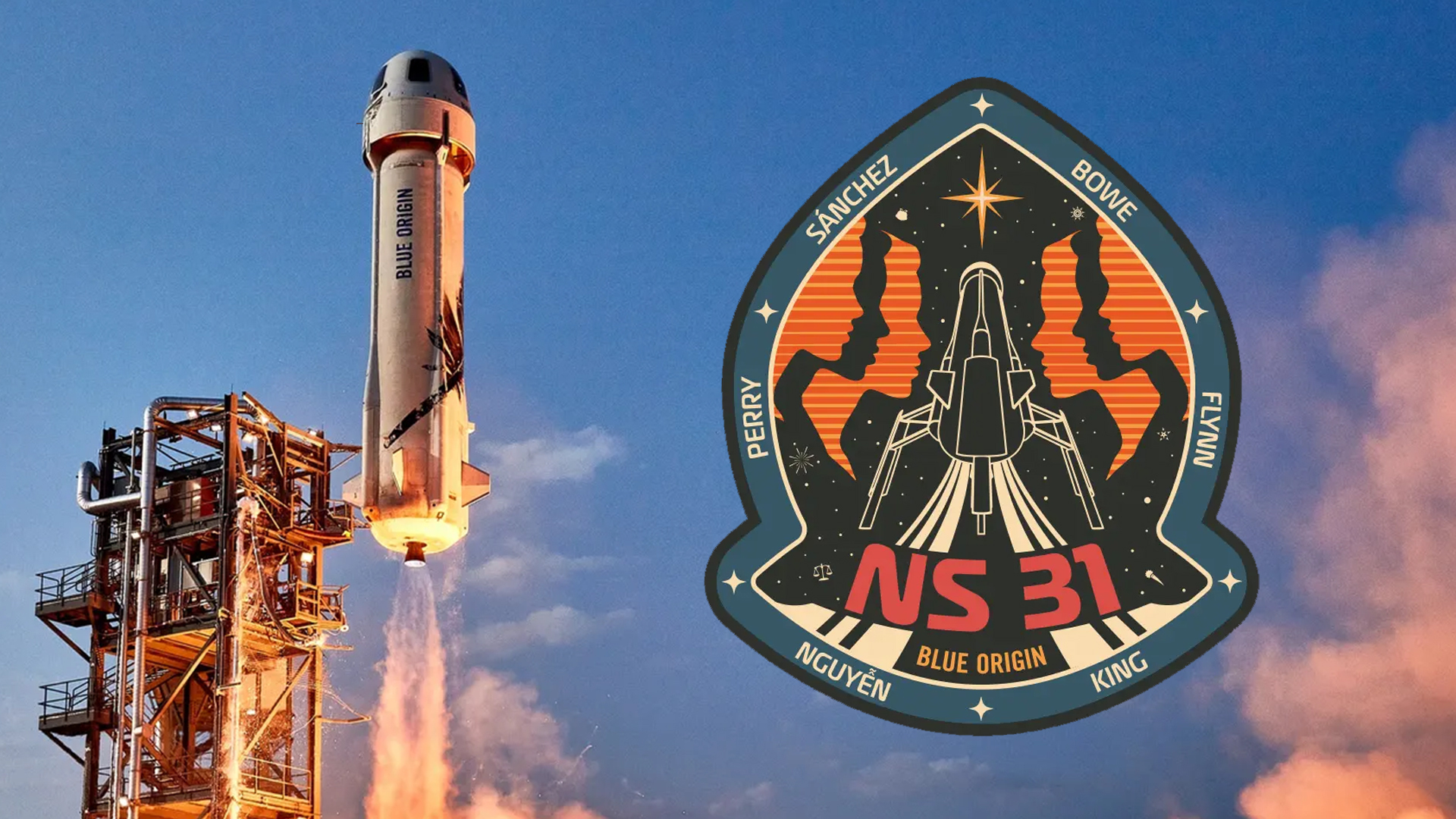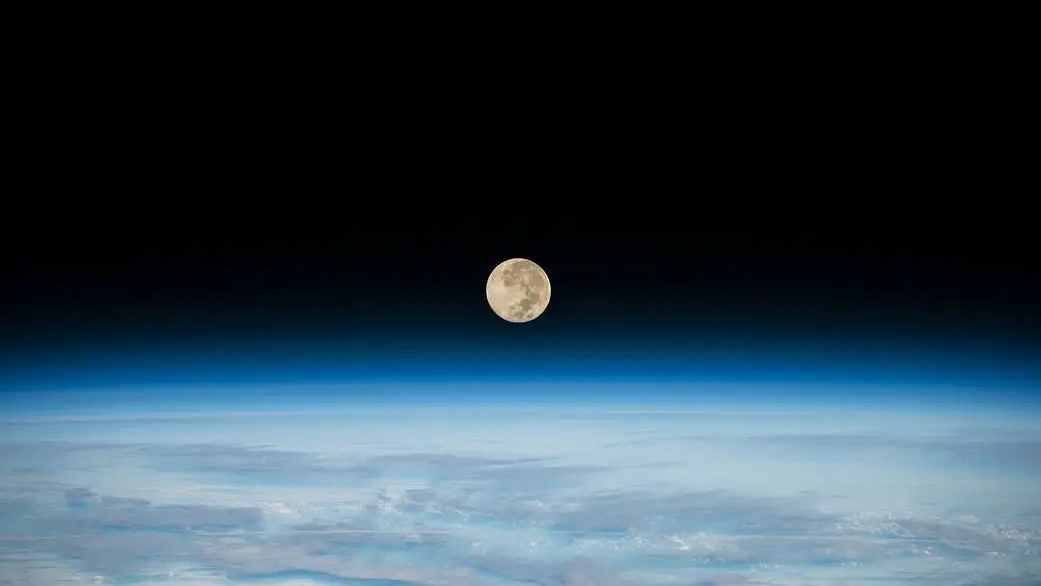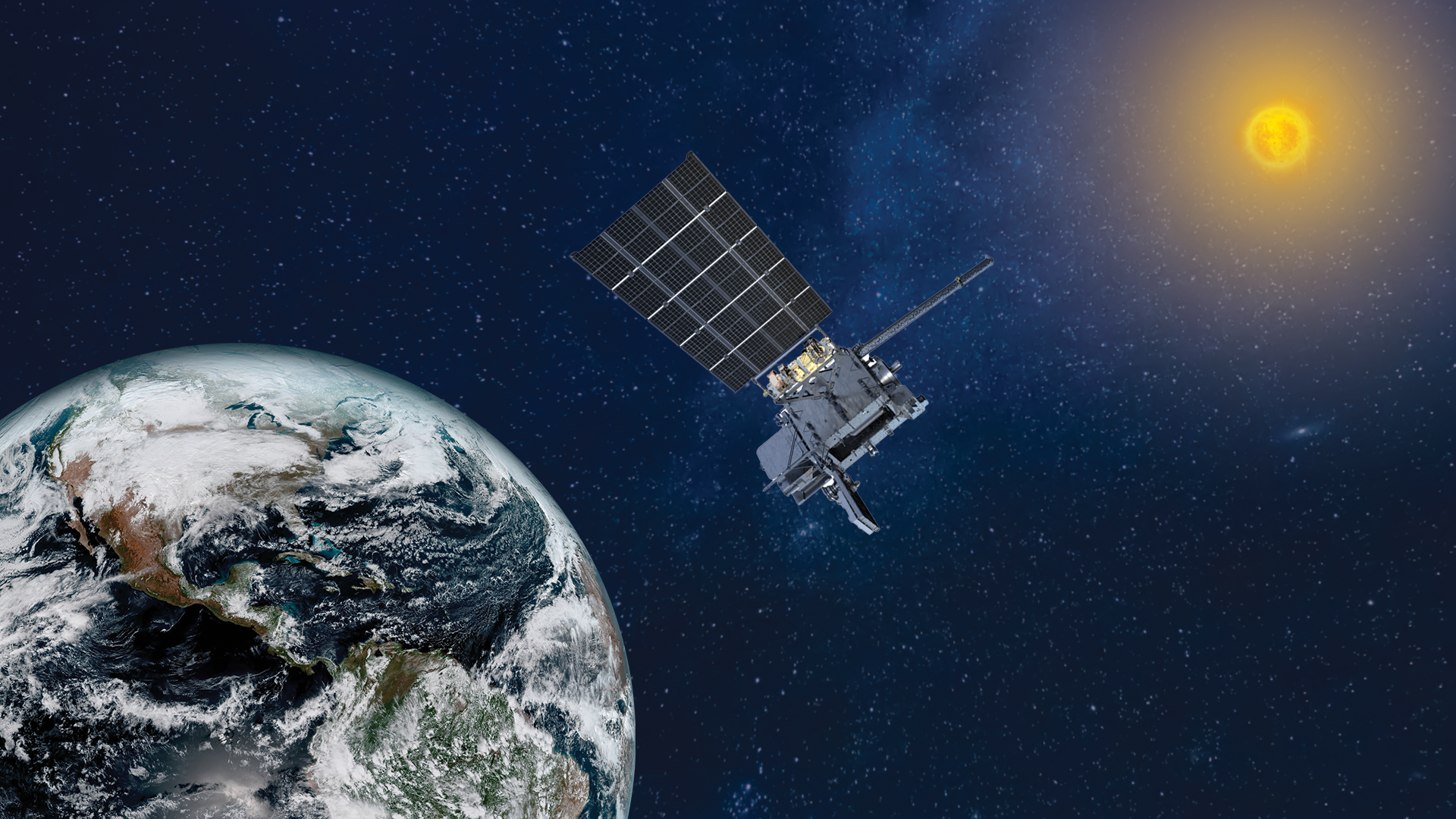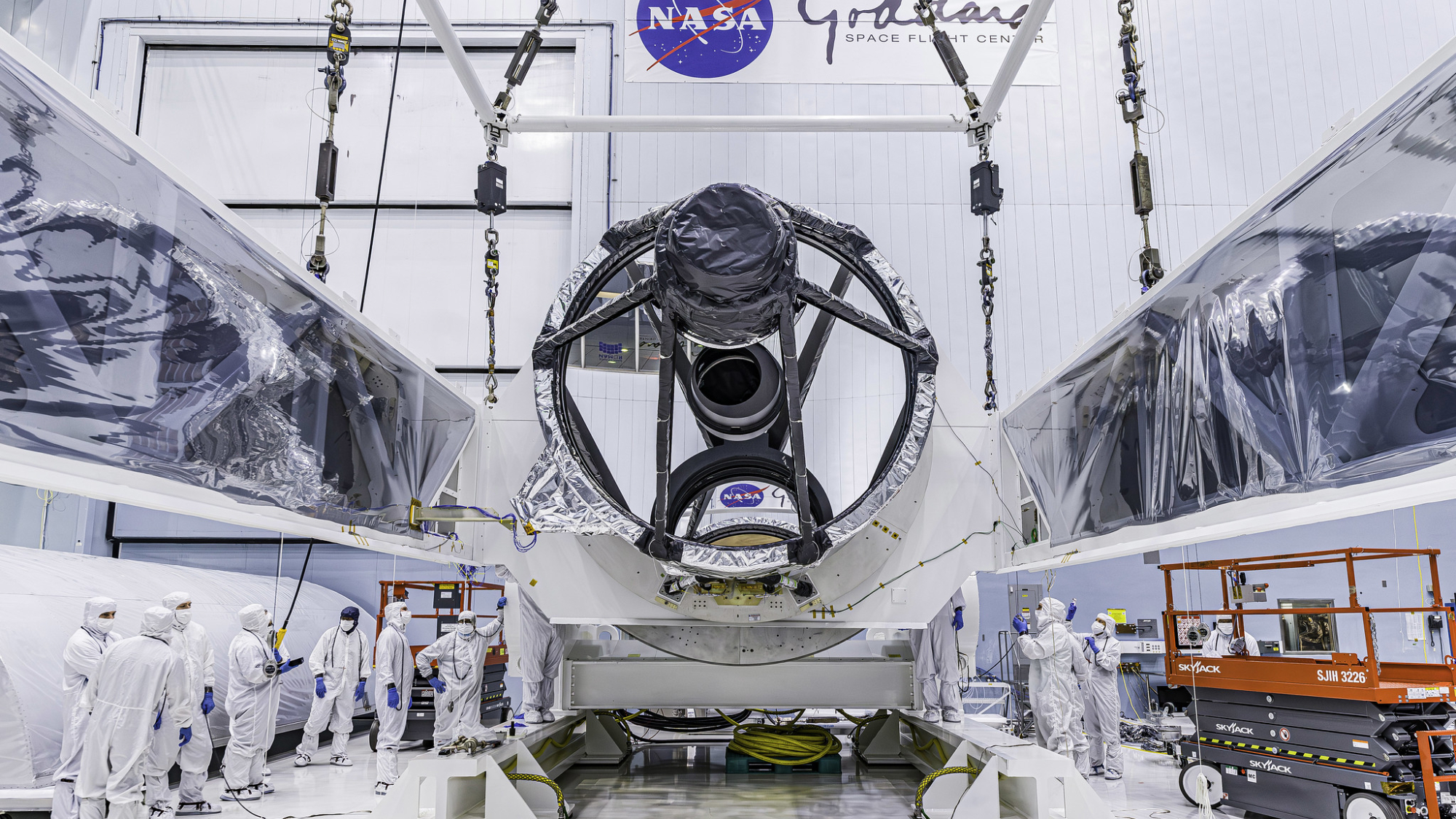'Impossible' pair of vampire stars discovered by Einstein Probe's X-ray vision
The two stars are taking turns feeding off one another.
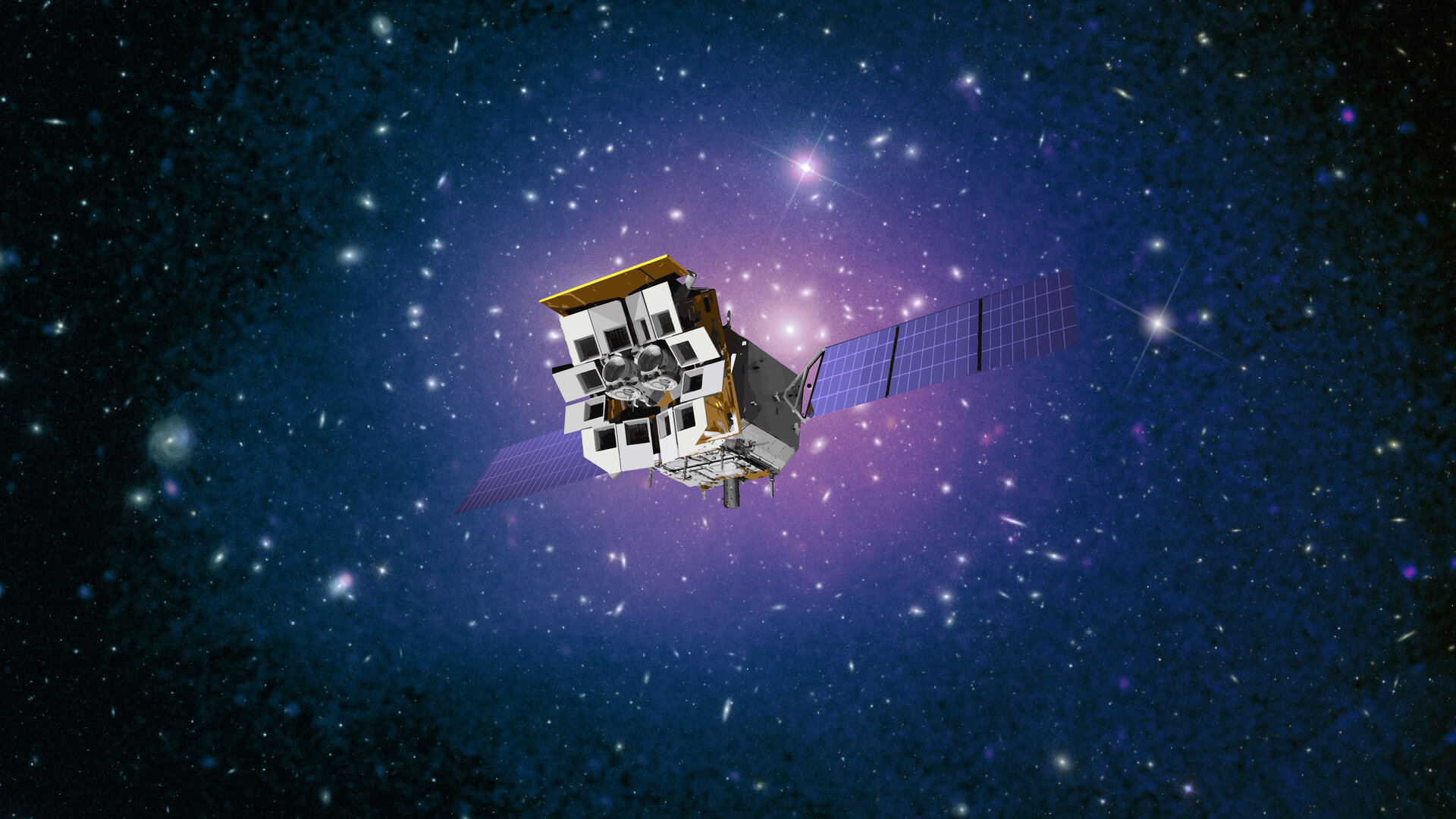
A flash of powerful X-ray light coming from a nova explosion on a white dwarf star has caught the attention of astronomers using the Chinese–European Einstein Probe. This nova is especially exciting because the white dwarf star on which it is found exists in a particularly unusual binary star system.
The high-energy flare was spotted on May 27, 2024 coming from a star system in the Small Magellanic Cloud (SMC), which is a neighboring satellite of our Milky Way galaxy.
"We were chasing fleeting sources, when we came across this new spot of X-ray light in the SMC," said Alessio Marino of the Institute of Space Sciences in Spain in a statement. "We realized that we were looking at something unusual, [something] that only Einstein Probe could catch."
The Einstein Probe was launched in January 2024 to study the high-energy universe, and among its instruments is its Wide-field X-ray Telescope (WXT), which is the only X-ray telescope currently in orbit that can detect lower-energy X-rays with enough sensitivity to pinpoint their sources.
And, in this case, the source was a bizarre pairing of stars.
One of the stars is quite massive, totaling about 12 times the mass of our sun. It’s called a "Be" star, meaning that it is of spectral type B (the second hottest type of main sequence star) and that it exhibits strong spectral emission lines.
Its companion is a white dwarf star that is about 20% more massive than our sun. White dwarfs are the final stage of sun-like stars that have expelled their outer layers to uncover their cores.
Get the Space.com Newsletter
Breaking space news, the latest updates on rocket launches, skywatching events and more!
It's in this dichotomy between the two objects that a stellar paradox lies. A sun-like star can survive for at least hundreds of millions of years, or in the actual sun's case, billions of years, before it becomes a white dwarf. Yet, a star of 12 solar masses should explode as a supernova after just 20 million years. So, given the huge difference in lifespans, how can this Be star find itself co-orbiting with a white dwarf companion?
The solution seems to be that the Be star and the white dwarf are sharing material, taking turns feeding off one another like vampires. Originally, scientists believe, the system probably contained two stars with masses six and eight times the mass of our sun, respectively. The more massive a star is, the faster it uses up its fuel for nuclear fusion reactions in its core, and the shorter its lifespan is.
So, it would have been the eight-solar-mass star that reached this point first. As the fusion reactions in its core began to stutter, the radiation pressure of the energy produced in those reactions began to drop off. This energy holds a star up against the inward pull of its own gravity, and when this radiation stream weakens it leads to gravity making the outer layers around the core more compact, raising temperatures so that fusion reaction could sporadically ignite in the star's outer layers. This would have led to pulsations that reverberated through the star, puffing up its outer extremities so that it became a giant.
At this point, the giant eight-solar-mass star's outer layers would have become vulnerable to being stolen by the gravity of the less massive star. At the time, the two stars would have only been a few million miles apart, orbiting each other once every three days. This proximity should have allowed the gravity of the less massive star to begin stealing material from the more massive star, whittling it down. Eventually, the six-solar-mass star would have grown to 12 solar masses, while all that was left of the eight-solar-mass star was its core: a white dwarf 1.23 times the mass of our sun.
Now, the more compact white dwarf is returning the favor, its gravity stealing back loosely held material from the 12-solar-mass star. As this material streams back onto the white dwarf, the pressure and temperature at the point of accretion on the white dwarf's surface grows, until a localized thermonuclear explosion erupts. This results in a nova, or a brilliant outburst of light, including X-rays.
That's what Einstein Probe saw.
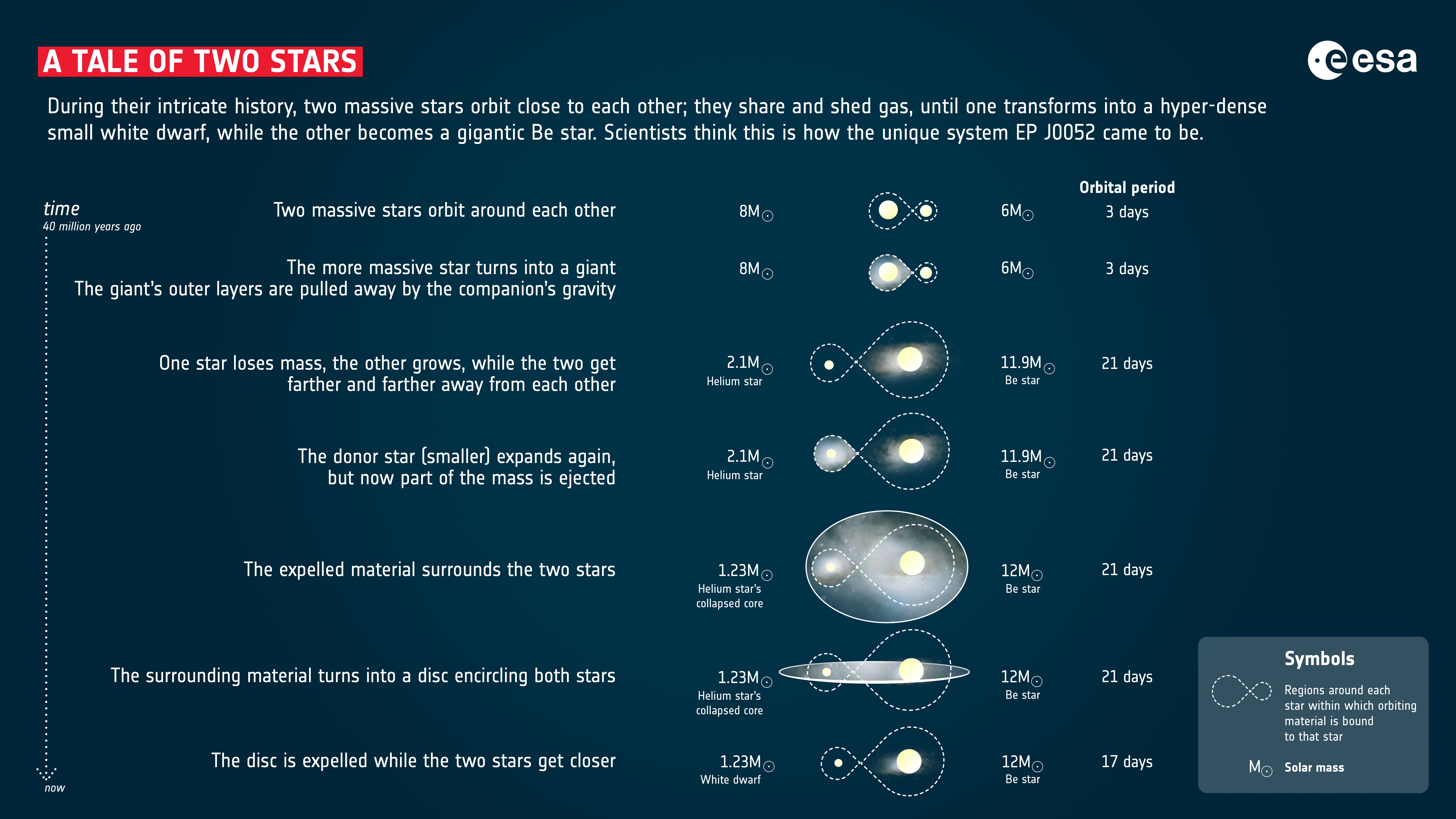
"This study gives us new insights into a rarely observed phase of stellar evolution, which is the result of a complex exchange of material that must have happened among the two stars," said Ashley Chrimes of the European Space Agency, in the statement. "It's fascinating to see how an interacting pair of massive stars can produce such an intriguing outcome."
The exchange of material has also altered the fates of the two stellar objects. Ordinarily, a six-solar-mass star would reach the end of its life by swelling into a red giant, before casting away its outer layers to leave behind a white dwarf. But by having accreted so much mass from its companion, it becomes destined to explode as a supernova.
Meanwhile an eight-solar-mass star is right on the borderline between stars that evolve into red giants and stars that go supernova — but this one has instead turned into a white dwarf that's more typical of less massive stars.
That's not to say it won’t eventually go supernova. Type Ia supernova explosions spur the destruction of white dwarf stars that have accreted too much mass. The limit is 1.44 times the mass of our sun; it won't take too much accretion to push this white dwarf over the edge so that it obliterates itself in a supernova.
Its only chance to survive relies on its 12-solar-mass companion exploding first. It's now a race against time to see which of the companions survives the longest.
The findings were published on Feb. 18 in The Astrophysical Journal Letters.
Join our Space Forums to keep talking space on the latest missions, night sky and more! And if you have a news tip, correction or comment, let us know at: community@space.com.

Keith Cooper is a freelance science journalist and editor in the United Kingdom, and has a degree in physics and astrophysics from the University of Manchester. He's the author of "The Contact Paradox: Challenging Our Assumptions in the Search for Extraterrestrial Intelligence" (Bloomsbury Sigma, 2020) and has written articles on astronomy, space, physics and astrobiology for a multitude of magazines and websites.


